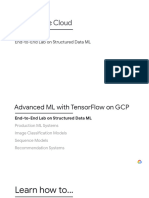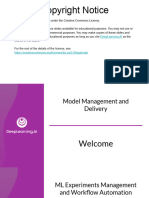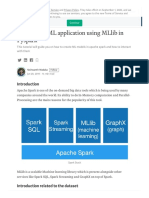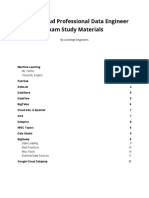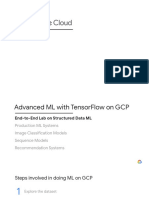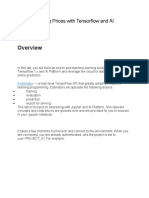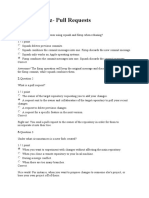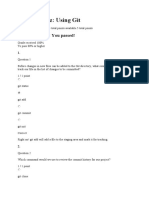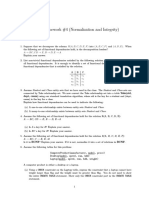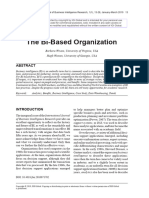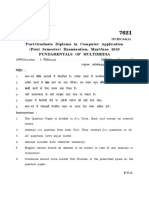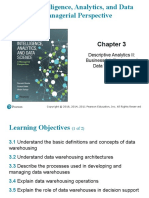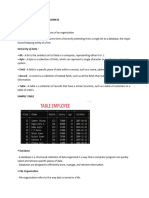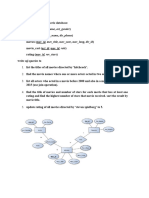0% found this document useful (0 votes)
117 views46 pagesOperationalizing The Model
The document describes the process of operationalizing a machine learning model which involves 4 main steps: 1) exploring and creating the dataset, 2) building the ML model, 3) packaging the model into a Python package, and 4) deploying the model for predictions by submitting a training job to Cloud ML Engine and monitoring it with TensorBoard and Stackdriver.
Uploaded by
Mohamed RahalCopyright
© © All Rights Reserved
We take content rights seriously. If you suspect this is your content, claim it here.
Available Formats
Download as PDF, TXT or read online on Scribd
0% found this document useful (0 votes)
117 views46 pagesOperationalizing The Model
The document describes the process of operationalizing a machine learning model which involves 4 main steps: 1) exploring and creating the dataset, 2) building the ML model, 3) packaging the model into a Python package, and 4) deploying the model for predictions by submitting a training job to Cloud ML Engine and monitoring it with TensorBoard and Stackdriver.
Uploaded by
Mohamed RahalCopyright
© © All Rights Reserved
We take content rights seriously. If you suspect this is your content, claim it here.
Available Formats
Download as PDF, TXT or read online on Scribd
/ 46

